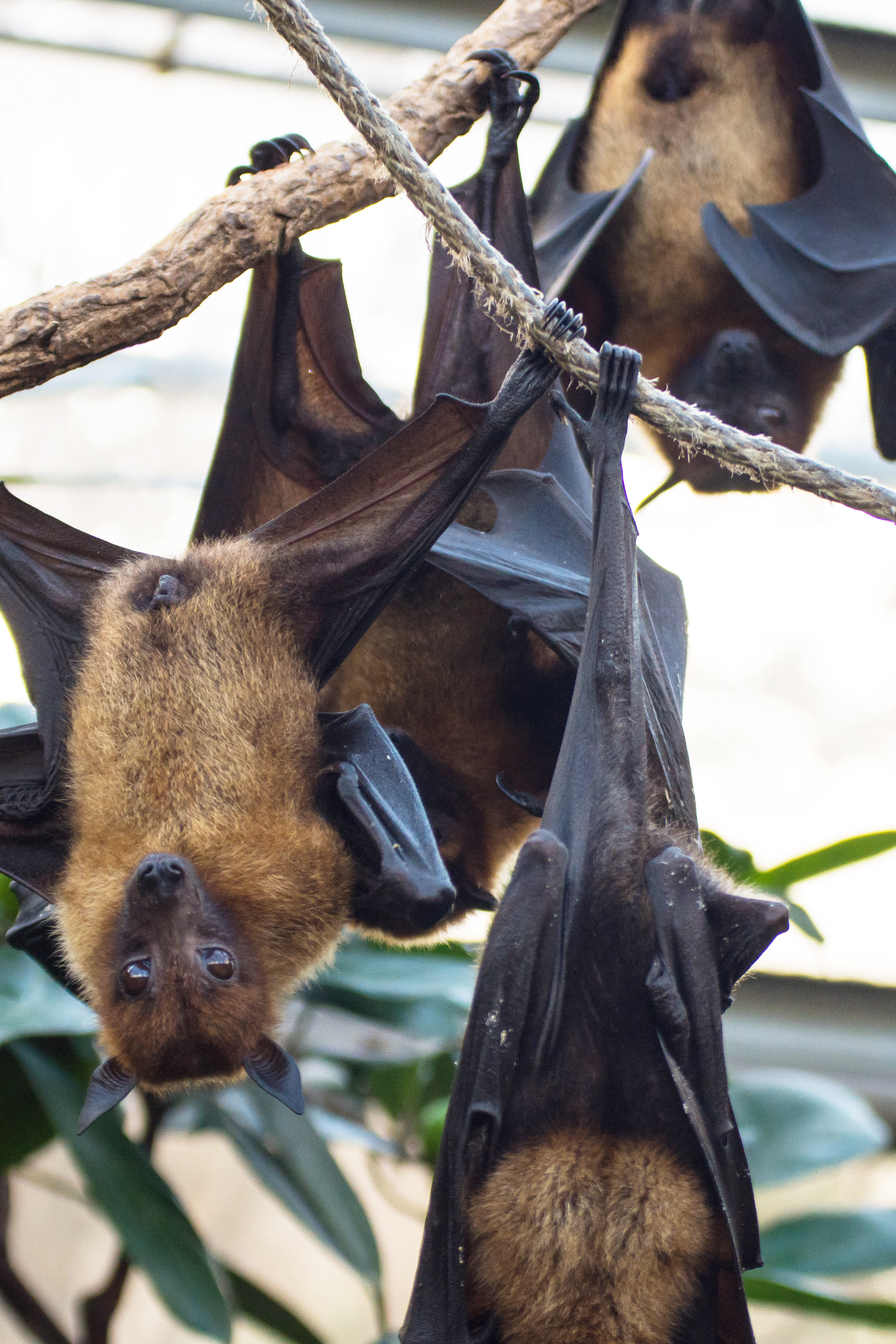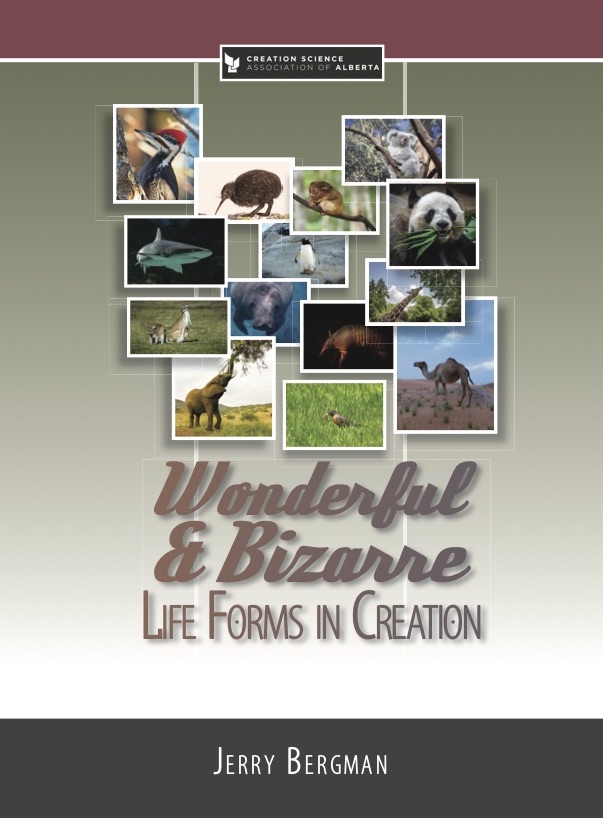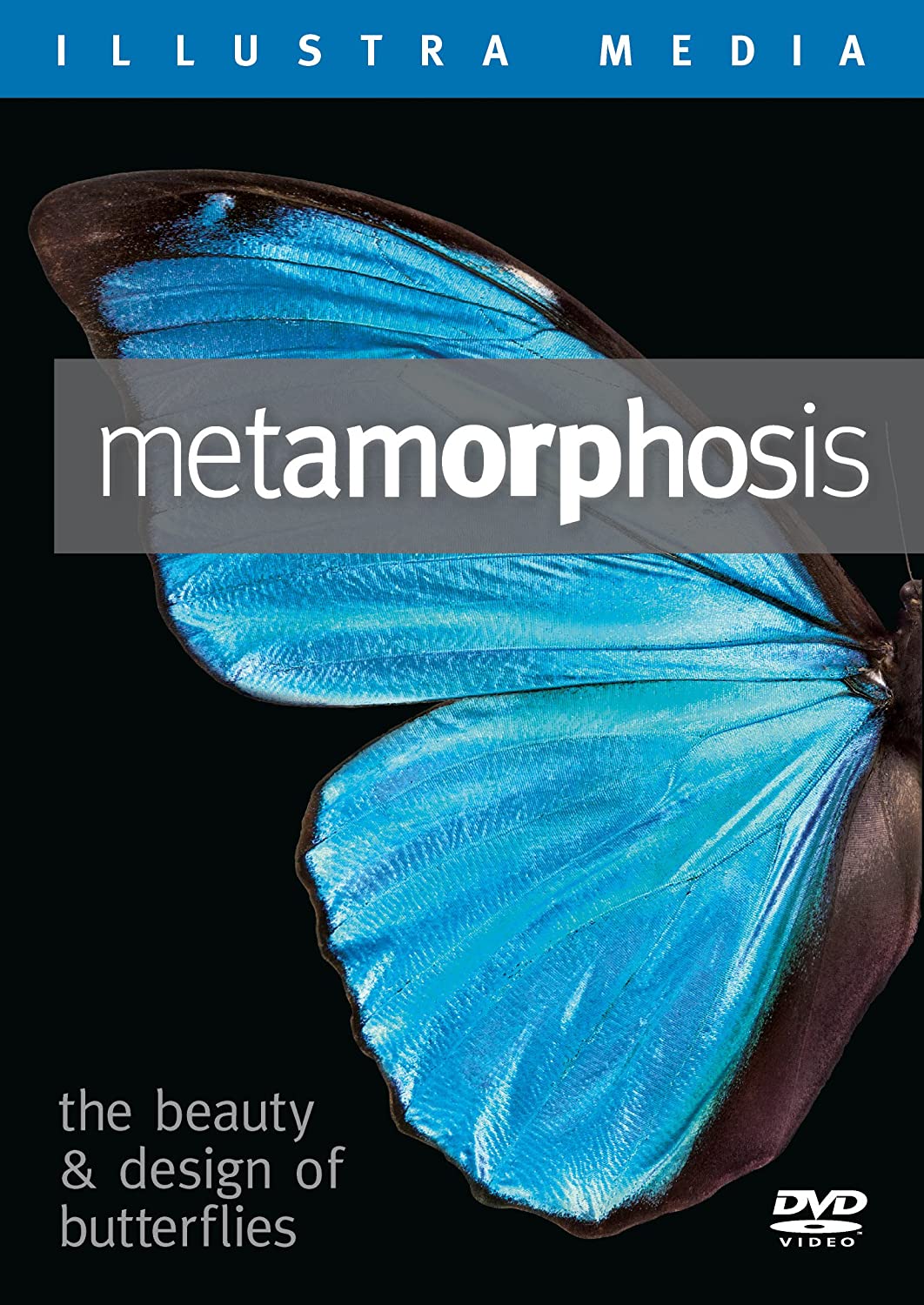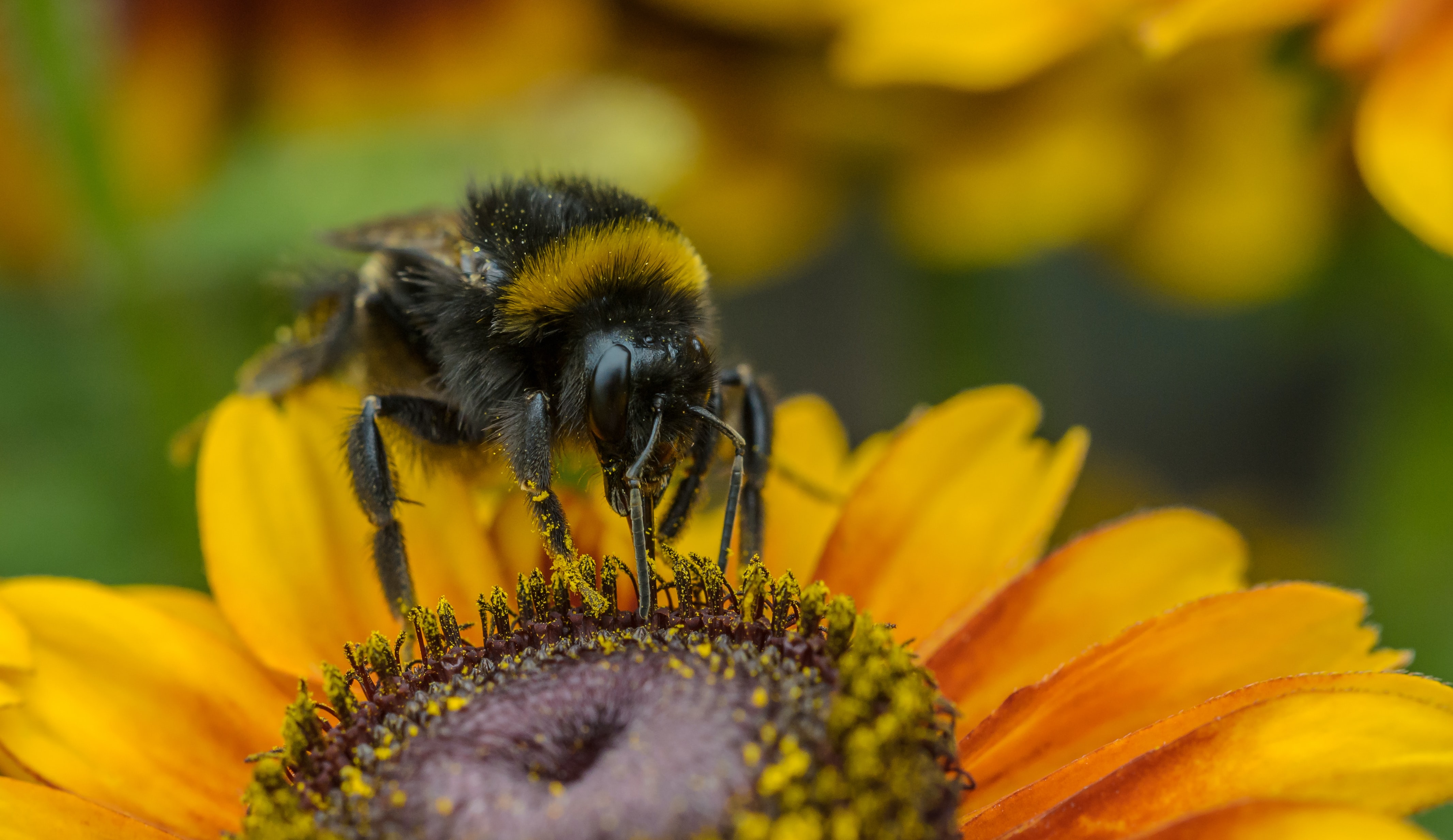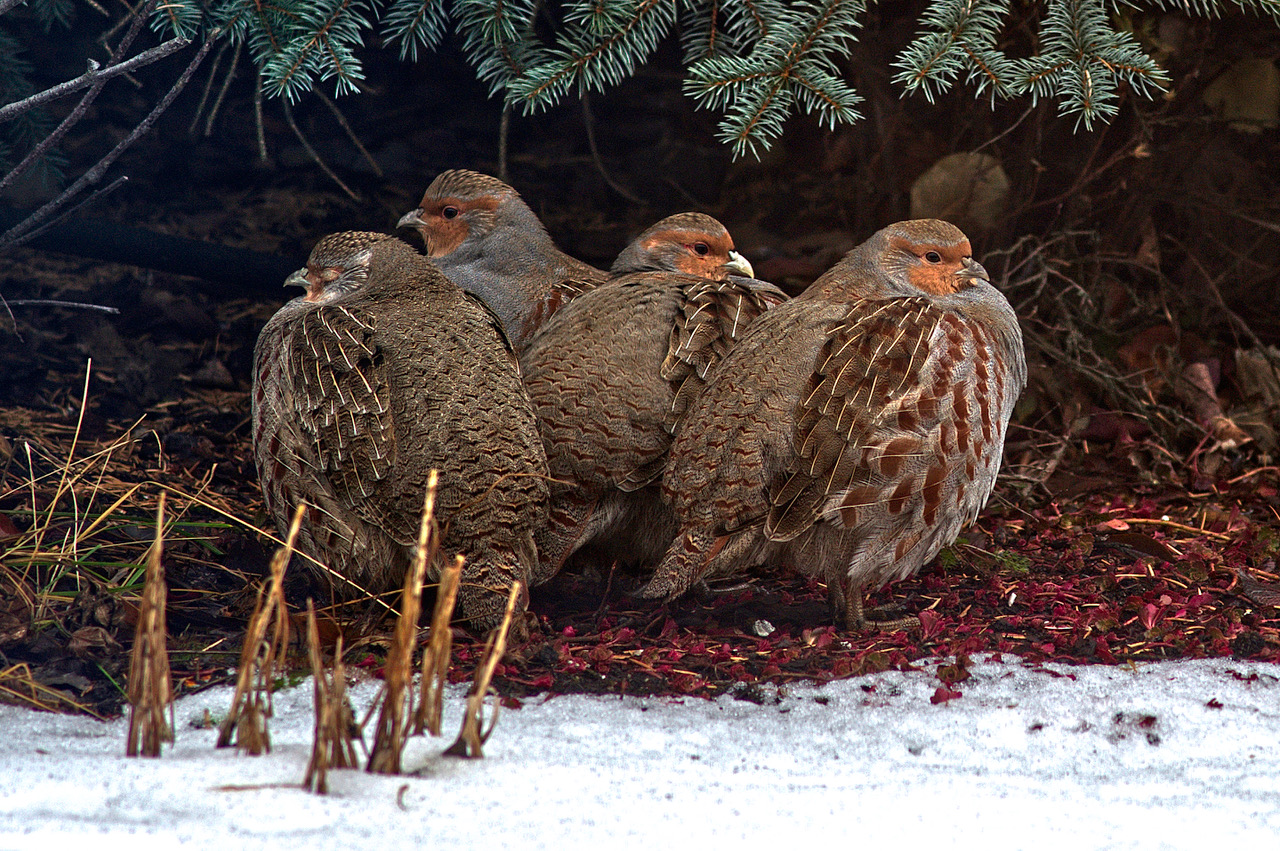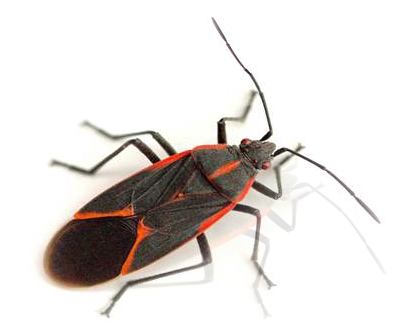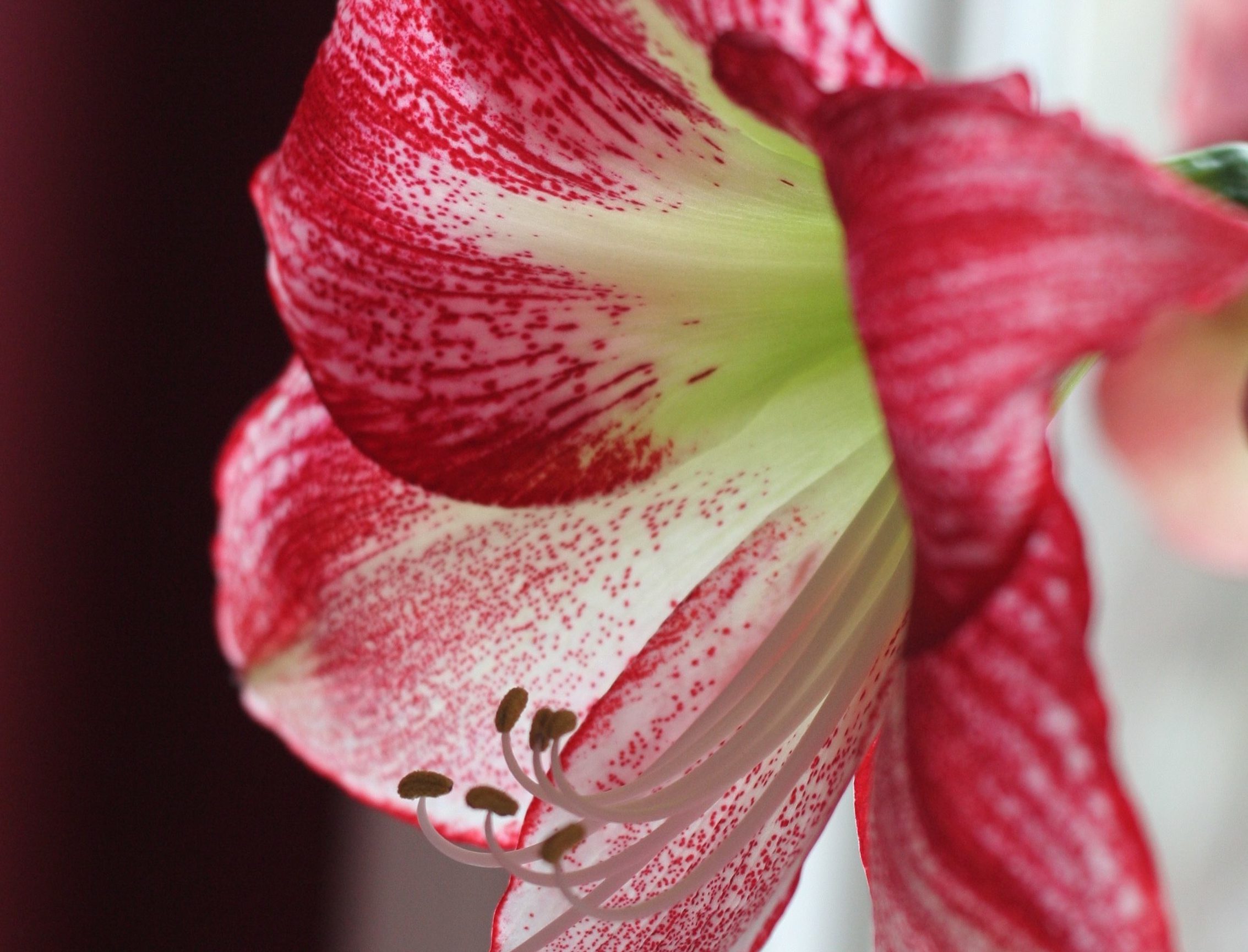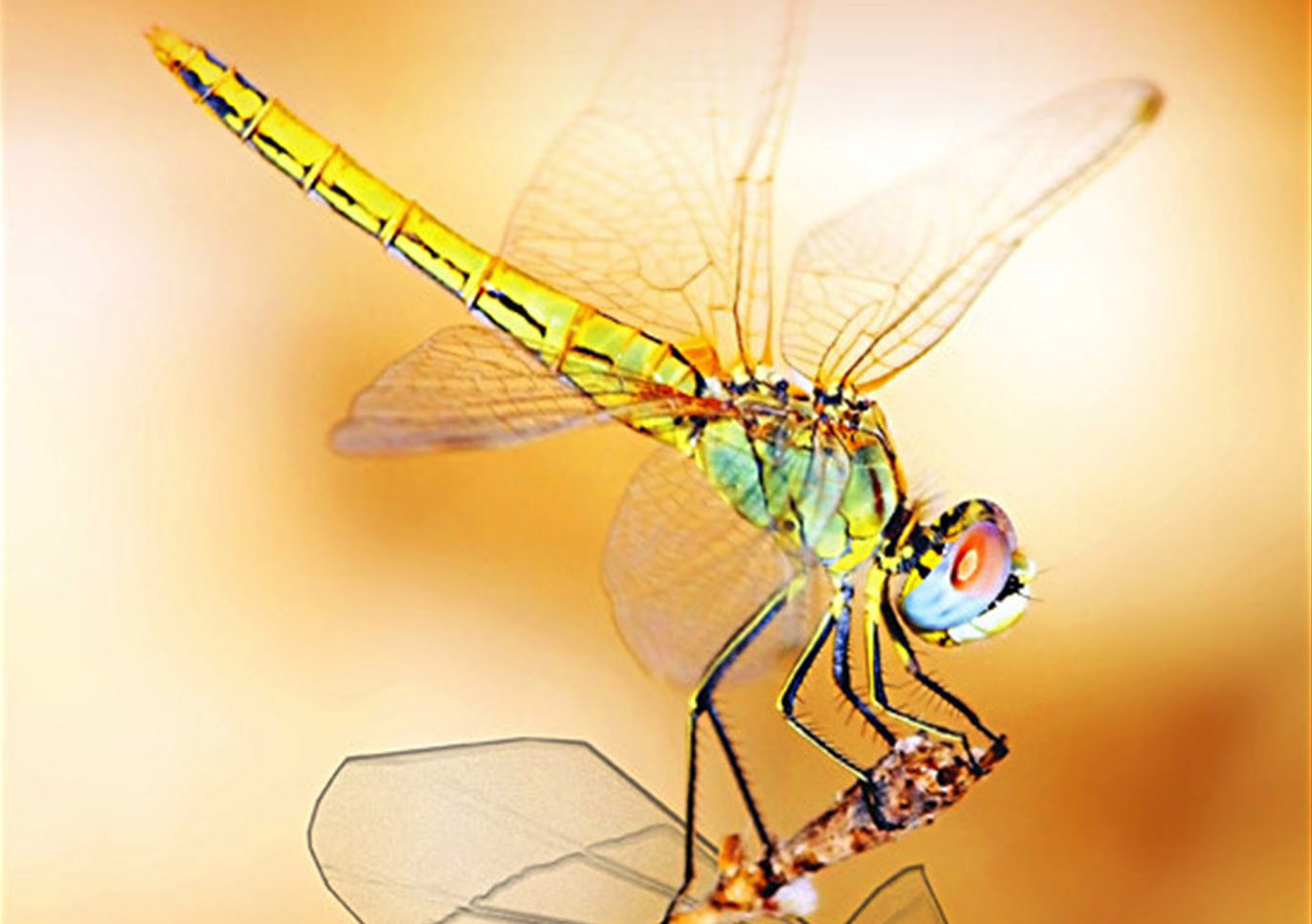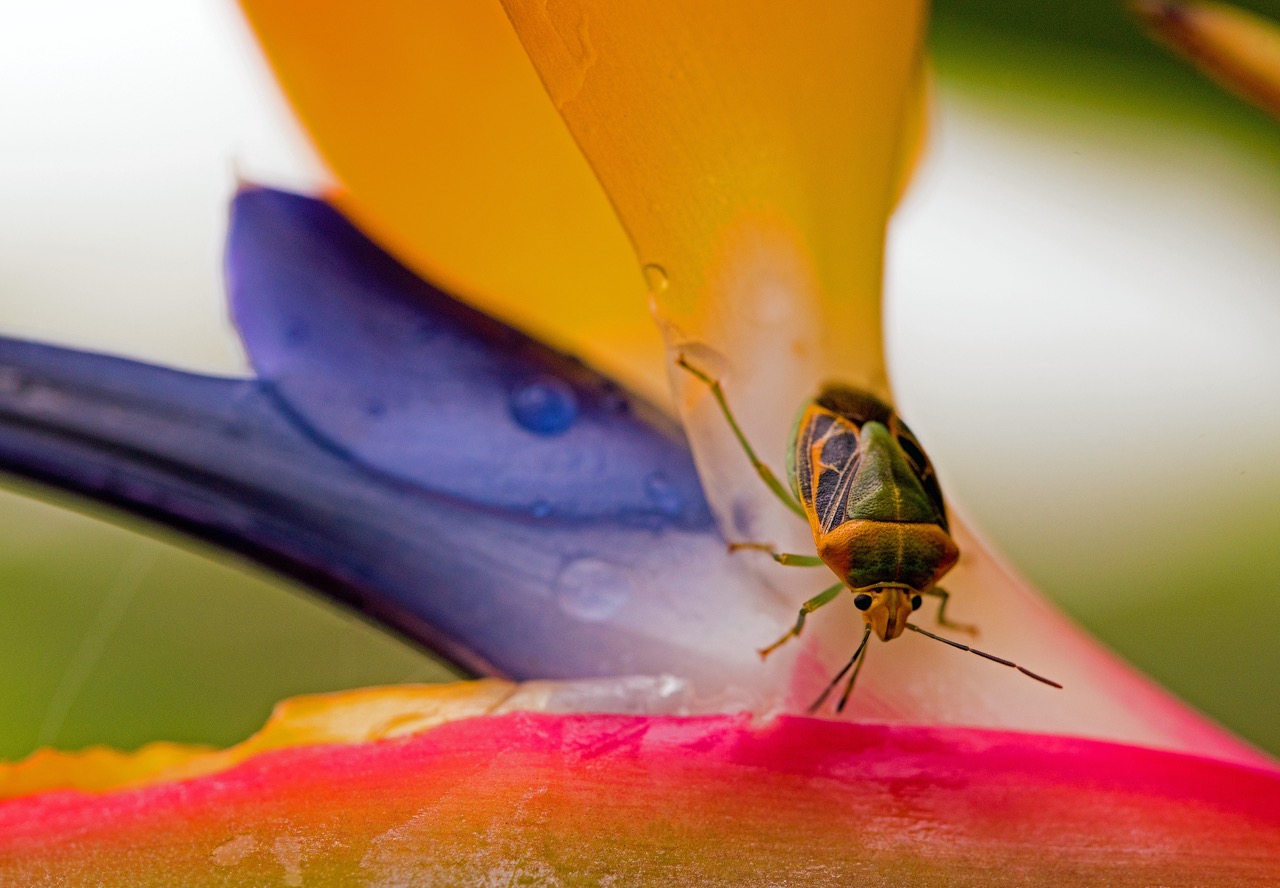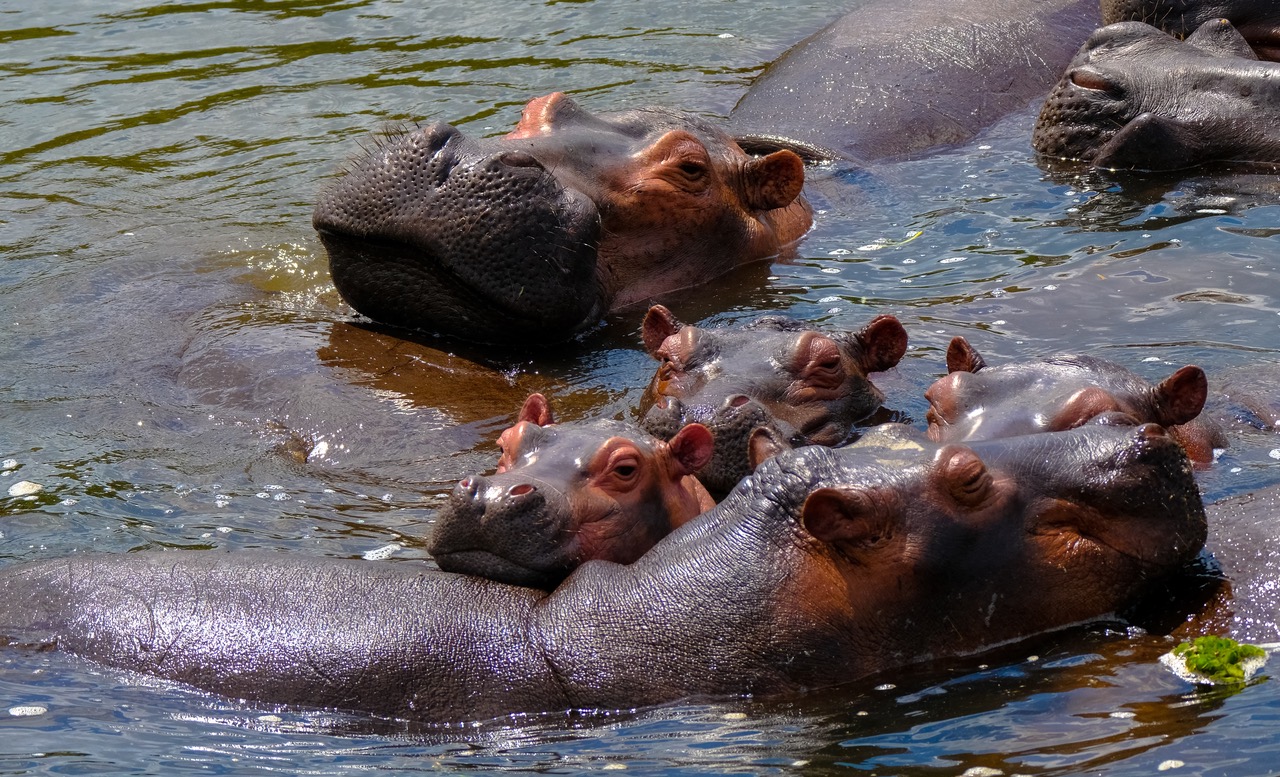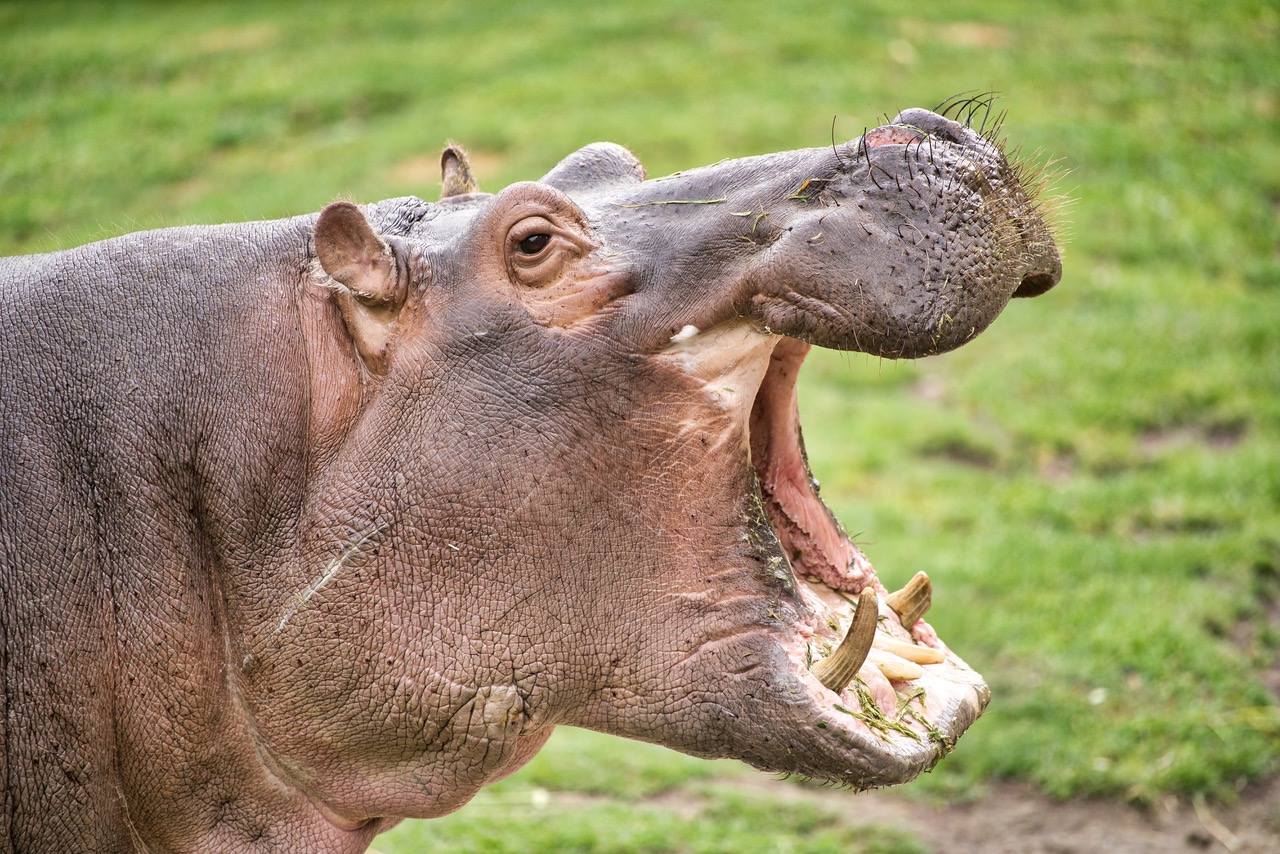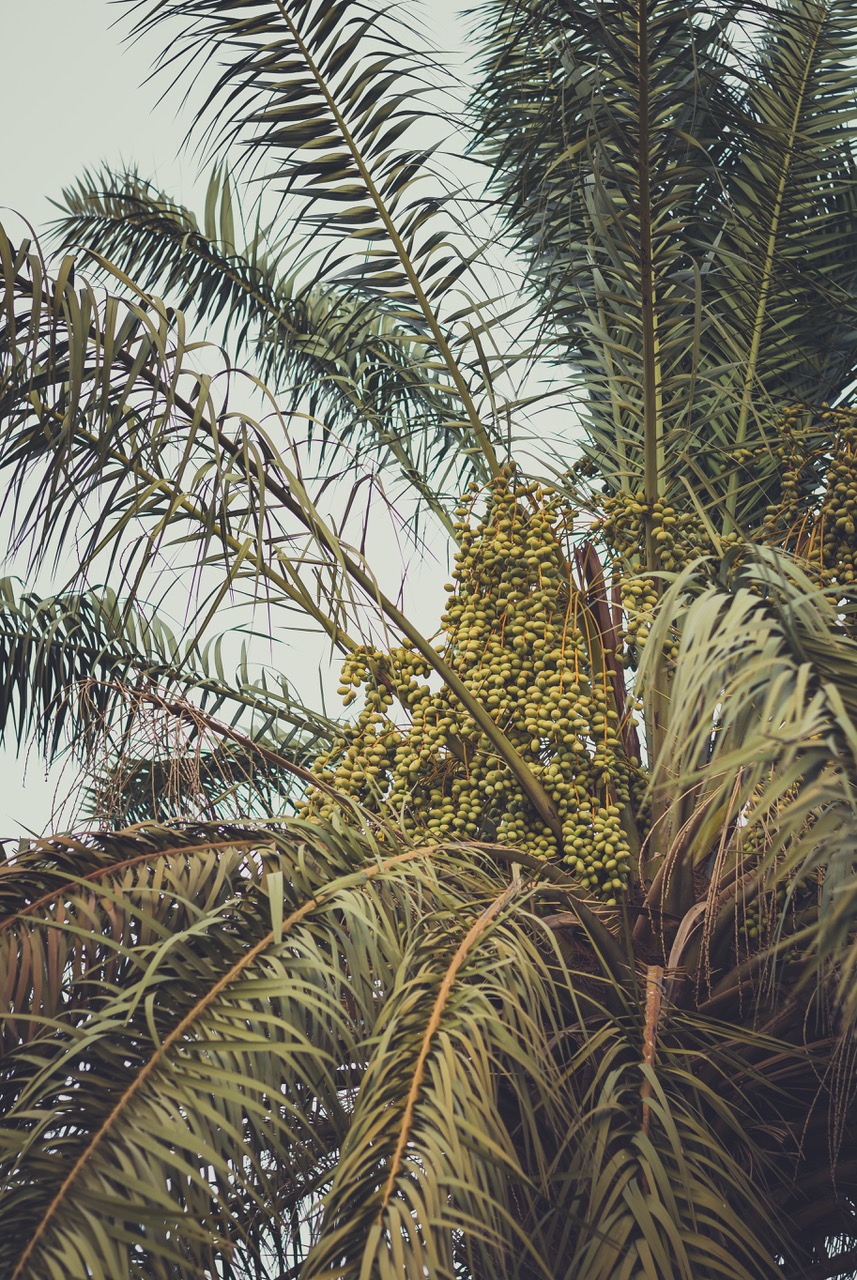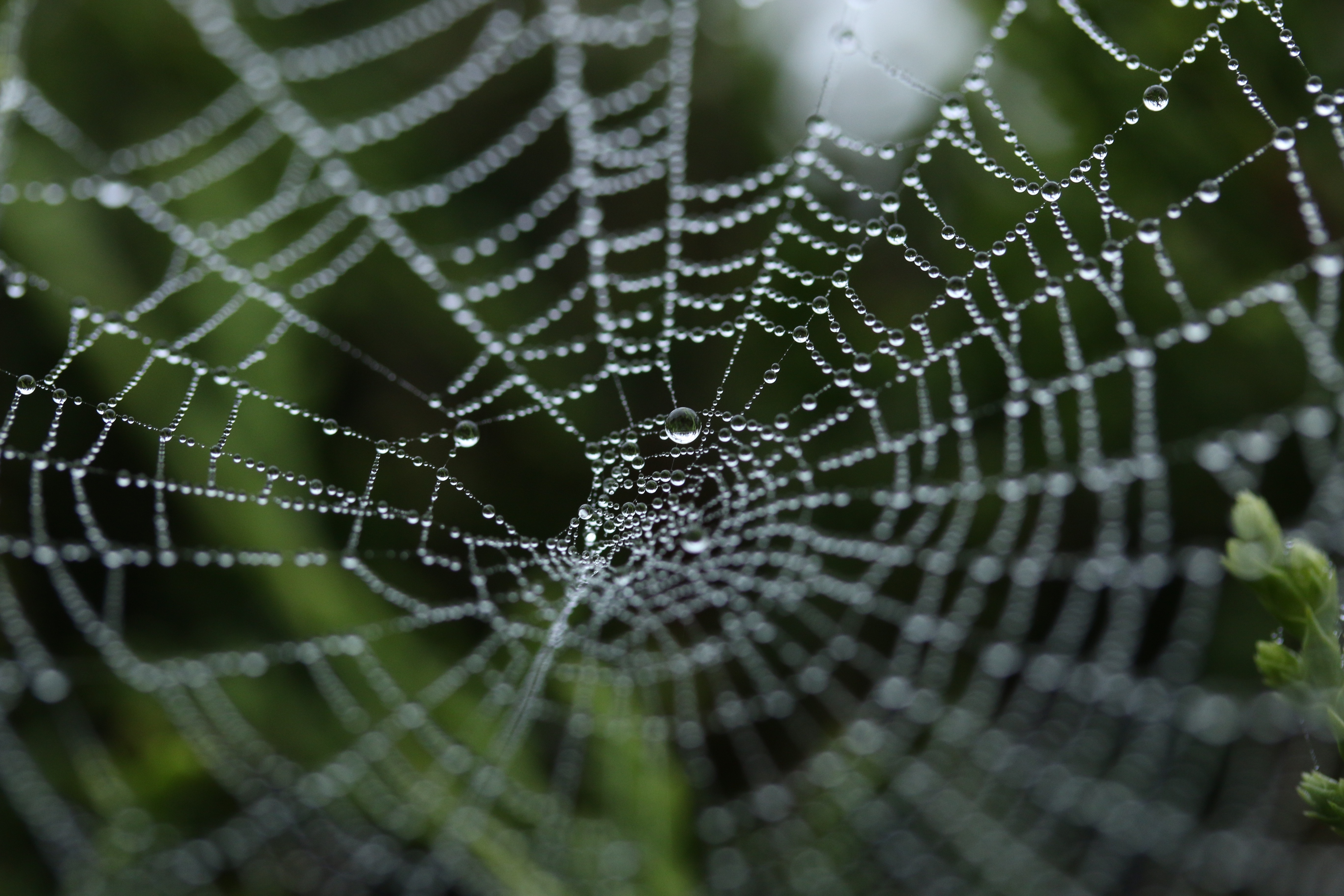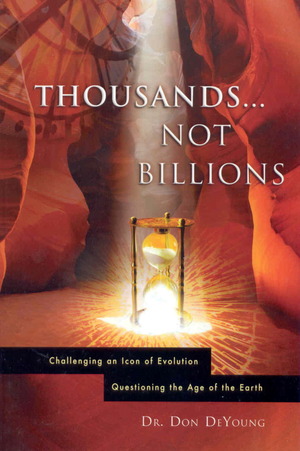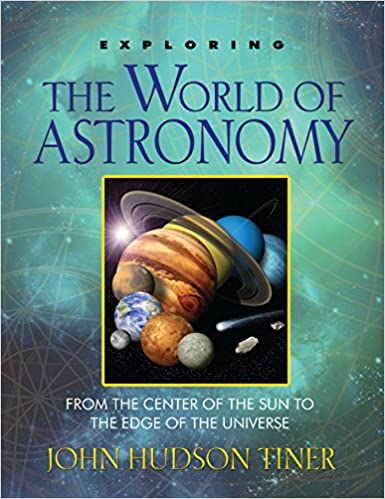Articles » Design
Pterosaurs (Greek pteron and sauros, meaning “wing lizard”) are constructed from a combination of the characteristics of mammals, birds and dinosaurs with one of the weirdest looking beaks possible added on. This example points to the problem of taxonomy, the science of classifying life. Pterosaurs fly like birds and can flap their “wings” like a bird. They also can soar like an eagle using bat-like wings made from a flap of skin stretched between their body and a long fourth finger called the wing finger. They also have many body traits like dinosaurs. For this reason, they are often referred to as flying dinosaurs, or dragons of the air (Unwin, 2006, p. 2). Ironically, they are classified as reptiles likely because birds supposedly evolved after them.
Pterosaurs were first discovered in 1784 in the German Solnhofen limestone quarries. This is the same location where another strange creature, Archaeopteryx, originally identified as a pterosaur, was found (Clarey, 2015, p. 66). Twenty-nine pterosaur species, over 26% of the 110 pterosaur species currently known (in about 85 genera), have been found in Solnhofen limestone quarries alone.
Dr. Jerry Bergman, who needs no introduction to readers of Dialogue, is the author of a delightful new book for families and animal-lovers and all who enjoy fascinating details from nature. Readers of Dialogue, for more than fifteen years, have been blessed with little known insights into some well-known creatures. His new book Wonderful and Bizarre Life Forms and Creation is a collection of the “best of Bergman” from Dialogue plus a few completely new chapters. The twenty-three chapters present each creature with pictures and highlights. This is an attractive and well documented book in full colour, which will inspire much reflection and discussion. Many will want to buy several copies, one for personal use, and others for those special people in their lives! Read the rest of this entry »
Order OnlineThe media are full of accounts of how people have used their unexpected “down time” at home during the COVID pandemic. What we chose, be it bread baking or house-cleaning or crafts or whatever, obviously reflected personal preference. As far as I was concerned, this time was a golden opportunity to do some extra scientific reading. It all began with an article in Nature that promoted an ancestral relationship for red seaweeds with an organism that was the exact opposite of all the features in red seaweeds. Perhaps I lack imagination but I could not believe that this prestigious journal had indeed published such an argument. It seemed hilarious to me. Read the rest of this entry »
One family, with one child in high school, one in junior high and one in elementary school, were going to start with just one video clip from Michael Behe. The idea was, like the thin edge of the wedge, to first catch their attention. But everyone was so intrigued, that they watched all five episodes in one sitting! Read the rest of this entry »
An interesting article appeared recently in the journal Science that suggested that bumble bees have solved a problem that plant physiologists have been working on for one hundred years! It was in 1920 that plant physiologists Wightman W. Garner (1875-1956) and Harry A. Allard (1880-1963), while working with tobacco and flowering cosmos, discovered that the correct length of day is essential for the onset of flowering in these plants. They named the phenomenon “photoperiodism,” and it is an extremely important control on the beginning of the flowering process in many plants. Read the rest of this entry »
You don’t have to travel to Africa to see beautiful creatures. Certainly Africa has amazing biodiversity. One of our daughters travelled to an east African country this past summer. In a nearby National Wildlife Park she saw zebras, lions, elephants, hippos, gazelles, giraffes, wildebeest and crocodiles. And she managed to take some spectacular pictures.
The rest of us might well declare that since we cannot go to a beautiful African wildlife park anytime soon, we are excused from conducting observations in the great outdoors. That however definitely is not the case. Even city dwellers can manage to view some wonderful wildlife nearby. Read the rest of this entry »
A careful examination of objects by both telescopes and microscopes reveals a major contrast between human-constructed objects and those designed by the Creator. Human made objects, such as a watch, reveal more imperfections as the magnification by which they are viewed is increased. An old-fashioned gear watch is an object of beauty when viewed by the naked eye. Under the microscope, though, the flaws in the machining process become more apparent until, under high power, a watch looks not only imperfect, but crude.
In contrast, increasing magnification of the natural world reveals new detail and perfection. Read the rest of this entry »
While we may be aware of wonderful living creatures, we seldom reflect on the blessings of the material world. But the apostle Paul, way back in New Testament times in Lystra, assured his pagan audience that God provides favourable natural conditions to draw attention to himself. While God uses material blessings to draw attention to himself, some people wonder whether evolution can be included under the umbrella of God’s providential design. Since evolution is by definition a process that involves only matter and energy, then the evolutionary process can never involve foresight or design which are non-material. When we look at life however, we see features which demonstrate intelligent purpose and planning, thereby pointing to the work of God. Read the rest of this entry »
Book Review – Inspiration from Creation: How engineers are copying God’s designs
Some years ago, I remember meeting a lady who was very excited at the realization that God is an artist! Similarly, I am very excited about a new book that portrays God as an amazing engineer. The lead author is engineer of exceptional experience and honours, yet he admits that mankind’s skills in engineering practical devices are woefully lacking compared to what we see in nature. Read the rest of this entry »
Order OnlinePangolins are some of the strangest animals you will likely ever see. They are covered with scales like reptiles and look like a cross between anteaters and armadillos (Kierst, 2013). Because they are like no other animal, they were put in their own taxonomic order called Pholidota, Greek for “horny scale” (Benton, 2005, p. 348). Their tough, overlapping, reptile-protective keratin scales cause it to look like a giant pinecone with a long, thin reptilian tail. Its profile looks very much like a miniature dinosaur and nothing like the mammal it is. It is a mammal because they give birth to live young that suckle mammary glands as infants (Johnson, 2001, p. 31).
Insects! Some people give them a wide berth on principle. Nasty, creepy, crawly flying things! Even the magnificent giant moths elicit only screams from some people. But the insects under discussion are guaranteed to cause no such sensation. Initial disbelief, amazement, titillation and delight are the sensations to be expected from an encounter with these exotic ‘bugs’. Read the rest of this entry »
A friend, a while ago, articulated some possible critical arguments concerning advocacy for young earth creation which are based on observations from nature. Here are some reflections on that conversation. Read the rest of this entry »
Hippopotamus, called hippos, are monstrous, mostly herbivorous, semiaquatic mammals native to most of Africa. Only in the Sahara Desert are they not found. Their origins have always been a problem for evolution because they are like no other living animal. Only two extant species exist, the Nile hippo (Hippopotamus amphibius), and the pygmy hippopotamus (Choeropisi liberiensis). During the daytime they are aquatic, floating in the water world, and at the nighttime they are land animals consuming mostly grasses, soft plants, and some succulent fruit. (Macdonald,1987, p. 507) They were named from the Greek words for river horse. Read the rest of this entry »
I remember that when I was a child, we tried to grow date palms from the pits or seeds in the fruit. None ever germinated. But that was then and time has passed. When we had fresh dates (with seeds inside) at Christmas a few years ago, I decided to try again. Accordingly, I took a deep margarine tub, punctured several holes in the bottom to drain out water, and filled it with good potting soil. Then each day, as the dates were consumed, I tucked their seeds into the soil. Maybe twenty or more seeds went into the pot. And nothing happened. But I kept watering. Then after eight weeks or more, a pure white shoot about 2 mm in diameter finally appeared. It looked like a growing shoot from a corn seed, only thicker. Next day another shoot appeared. It took several days for these to turn green. Eventually we had five young seedings, each of which developed a bright green leaf. More leaves followed, one at a time. These plants are monocots, like corn and grasses and bamboo. That is why they send up only a single leaf at first. Read the rest of this entry »
During his second lecture at Creation Weekend 2018, Dr. Gordon Wilson stimulated our appreciation of the creation with his presentation entitled “The Magnificence of the Mundane” The words in the title, he pointed out, are actually contradictory. While the word “magnificence” communicates excitement, the term “mundane” suggests that something is boring or dull. But what he wanted to share with us is that God’s work in creation is amazing, displaying God’s wisdom and finesse (Ps. 104:24). And in this context, we are told that King Solomon, full of wisdom, spoke about trees, herbaceous plants, beasts, birds, reptiles and fish (I Kings 4:33). Read the rest of this entry »


